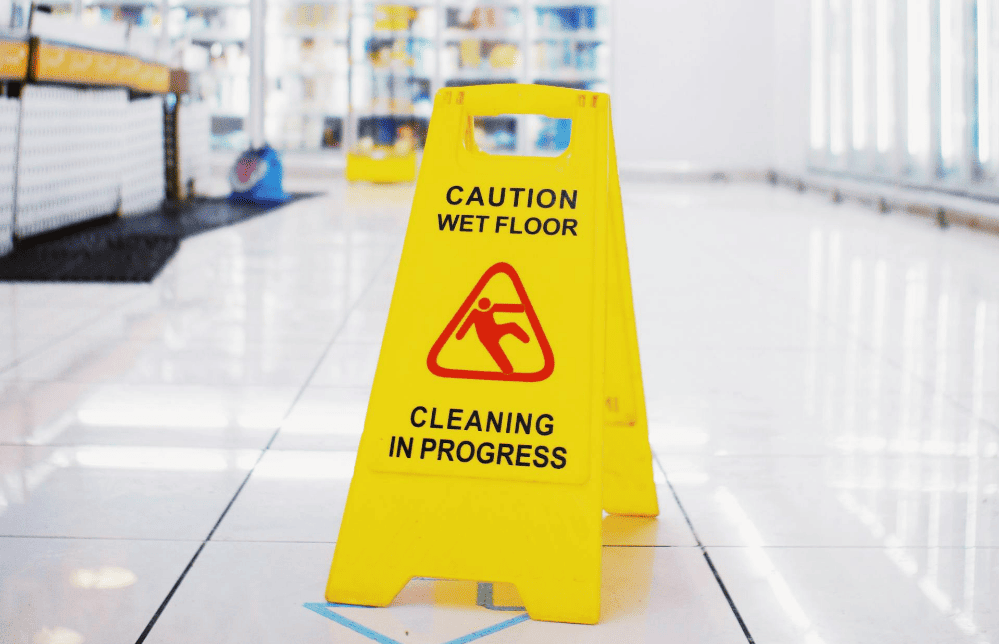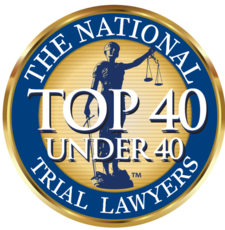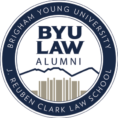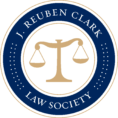Essential Evidence You Need to Win Your Slip and Fall Case

Slip-and-fall accidents can occur unexpectedly, with effects that may continue for years. According to the National Floor Safety Institute, these incidents account for over 1 million emergency room visits annually in the United States.
If you’ve sustained injuries because of another party’s negligence, you may have grounds for a personal injury claim. Even if it’s obvious to you that the accident was not your fault, you still need to prove that the property owner or manager was responsible.
The success of your case depends not only on the incident itself but also on the evidence you can provide. So this guide will outline the crucial evidence required to build a compelling slip and fall case.
Immediate Steps to Take After a Slip-and-Fall Accident
After a slip-and-fall incident, there are some steps you need to take. When you follow these, you can build a solid case against the liable party and improve your chances of getting fair compensation.
Seek medical attention right after the incident
The moments following your fall accident are critical. Your main concern should be to seek medical attention as soon as possible.
Even if you don’t feel the effects of fall injuries right away, you should have a doctor examine you for hidden injuries that could show up later on. Getting medical help on time ensures your health and safety while also establishing an official record of your injuries.
Report the slip-and-fall accident
The next step is to report your fall to the property owner or manager. This ensures there is a formal record of when and where the accident occurred. Make sure you get a copy of any incident report filed.
Importance of Quick Evidence Collection
Evidence can quickly disappear after a slip-and-fall incident. Conditions can change, memories can fade, and surveillance footage can be erased.
Promptly taking action preserves vital information for your slip and fall case. The sooner you start collecting evidence, the stronger your personal injury case will be.
Key Types of Evidence for Slip and Fall Cases
There are different types of evidence you or a personal injury lawyer could put together for your slip and fall claim.
Photo and video evidence in slip and fall claims
Photographs and videos can clearly demonstrate the conditions that led to your accident. They can capture the conditions of the fall area and the hazards that contributed to your fall.
When taking photos or videos, be sure to capture the following:
- The exact spot where you fell
- Any visible hazards (e.g., spills, debris, uneven flooring)
- The surrounding area, including any missing warning signs
- Your injuries and damaged clothing
- The weather conditions, if the fall occurred outside
Incident reports in fall accidents
Many establishments have procedures for documenting accidents.
An incident report typically includes the following information:
- The date and time of the accident
- The location details
- The names of the witnesses
- A brief description of what transpired
This document can serve as an official record of the fall accident and may include important details that could support your case.
When filing an incident report, be sure to:
- Provide a clear, factual account of what happened
- Note any witnesses present
- Request a copy of the report for your records
- Avoid speculating about fault or making accusatory statements
Witness statements in slip and fall cases
Eyewitness accounts can significantly strengthen your case. If anyone saw you fall, that person’s testimony could be invaluable. If possible, get the names and contact information of witnesses at the accident scene. Your slip and fall attorney can follow up with them later to get detailed witness statements.
Witness statements can provide:
- An unbiased account of how the fall accident occurred
- Confirmation of hazardous conditions
- Information about how long the dangerous condition existed
- Details about the property owner’s response to the incident
Medical records in personal injury claims
Your medical records can be a critical piece of evidence in your slip and fall case. They provide an official account of your injuries and the medical treatment that you received. These reports can help prove whether the injuries you sustained were caused by the fall or existed before it took place.
These records can include:
- Emergency room reports
- Doctor’s notes
- Test results (X-rays, MRIs, etc.)
- Prescriptions
- Physical therapy records
- Mental health evaluations, if applicable
Keep all documents related to your medical care, including bills and receipts. These will be crucial in calculating the compensation for your medical bills and expenses.
Expert testimony in slip and fall lawsuits
In some cases, expert testimony can significantly bolster your claim.
Potential experts might include:
- Medical professionals who can explain the extent of your injuries
- Safety experts who can testify about the dangerous condition that caused your fall
- Economic experts who can calculate your lost wages and future financial losses
- Life care planners who can estimate future medical needs and costs
Property records as evidence of negligence
Property owners have a responsibility to maintain safe conditions. Records that show a lack of proper maintenance or ignored safety concerns can be powerful evidence.
This might include:
- Maintenance logs
- Repair records
- Previous complaints about the hazard
- Building code violations
- Inspection reports
These records can prove whether:
- The property owner knew or should have known about the hazard
- There was a failure to address known safety issues
- Proper maintenance procedures were not followed
- Safety regulations were violated
Weather reports in outdoor slip-and-fall accidents
If your fall happened outdoors or was connected to weather conditions, official weather reports can be valuable.
Such reports can:
- Confirm weather conditions at the time of your fall
- Show that the property owner should have anticipated potential hazards
- Support your claim that weather-related dangers were not properly addressed
Preserving Your Evidence
Collecting evidence is only half the battle — you also need to preserve it properly.
Here are some recommendations:
- Store physical evidence, such as damaged clothing or the shoes you had been wearing, inside a plastic bag in a safe place
- Make copies of all documents and store them securely
- Back up digital photos and videos in multiple locations
- Keep a detailed journal of your recovery process
- Maintain a file of all correspondence related to your case
Your personal injury attorney can provide guidance on proper evidence preservation techniques to ensure nothing is compromised or lost.
Proving Liability in Slip-and-Fall Accidents
To win your slip and fall case, you will need to prove that the property owner failed in his or her duty to maintain a safe environment.
This involves demonstrating that:
- A dangerous condition existed on the property
- The property owner knew or should have known about the condition
- The property owner failed to address the hazard in a reasonable timeframe, and;
- This negligence directly led to your injuries
Your evidence should work together to tell this story. For example, photos of the hazard combined with maintenance records showing a lack of regular inspections can demonstrate the property owner’s negligence.
To prove liability, you may need to show:
- The hazard was not an obvious one that you should have noticed
- You were using the property in a reasonable and expected manner
- The property owner did not take reasonable steps to prevent accidents, and;
- Your injuries were a direct result of the fall
Comparative Negligence in Fall Cases
Be aware that the defense may argue you were partly at fault for your accident. This is called comparative negligence.
It means that fault is divided between the parties involved based on their actions. If the evidence proves that you are partly at fault, your compensation will be reduced according to your percentage of fault.
The opposing legal team might claim:
- You were not paying attention to where you were walking
- You were wearing inappropriate footwear
- You ignored posted warning signs
- You were in an area not open to the public
Your personal injury attorney can help you expect and counter these arguments with strong evidence and legal strategies.
Dealing With Insurance Companies in Slip and Fall Claims
In many slip and fall cases, you will be dealing with the property owner’s insurance company. Remember, their goal is to minimize their payout. They may try to downplay your injuries or argue that the property owner knew nothing about the hazard.
This is where thorough evidence becomes crucial. A well-documented case leaves little room for dispute. Your attorney can use the evidence to negotiate with the insurance company for a fair settlement, but you still need to be careful when interacting with insurance companies.
Exercise caution in the following ways:
- Don’t give recorded statements without consulting your attorney
- Don’t accept initial settlement offers without getting legal advice first
- Be wary of requests for extensive medical records unrelated to your fall
- Understand that anything you say can be used to devalue your claim
Working With a Personal Injury Attorney
Going through a slip and fall lawsuit can be challenging, especially when facing commercial property owners with their legal teams. This is why hiring an experienced personal injury lawyer is invaluable.
A skilled slip and fall attorney can assist with the following tasks:
- Handling communications with the insurance companies
- Negotiating for fair compensation
- Representing you in court if necessary
- Identifying and consulting relevant experts
- Calculating the full extent of your damages
- Preparing and filing all required legal documents
The Legal Process in Slip and Fall Lawsuits
Understanding the legal process can help you prepare for what lies ahead.
Key stages in the legal process include:
- Consultation: Your initial consultation with an attorney will help you understand how strong your case is and give you an opportunity to vet the law firm before handing your case over to them
- Investigation: Before the legal claim may be filed, sufficient evidence must be gathered as part of a full investigation
- Negotiations: Ideally in most injury cases, a fair settlement can be achieved without even going to court
- Pleadings: The complaint must be filed and then some time is spent awaiting the defendant’s answer
- Discovery: Both sides will exchange information through interrogatories, depositions, and document requests
- Motions: Legal requests may be made to the court before trial
- Mediation or arbitration: These or similar alternative dispute resolution methods could be used to work on coming to a settlement agreement
- Trial: If a settlement cannot be reached, then the case will go before a judge and possibly a jury
Throughout this process, your evidence will play a crucial role. It will be used to support your claims, counter the defense’s arguments, and demonstrate the extent of your injuries and losses.
Harker Injury Law Can Help You Gather Evidence for Your Slip and Fall Case
Winning a slip and fall case is challenging, but with solid evidence and skilled guidance, you can get the compensation you deserve. At Harker Injury Law, we understand the personal impact a slip and fall injury can have on your daily life. We’re here to provide the support and legal knowledge needed to navigate this challenging legal process.
With Harker Injury Law by your side, you’ll have a dedicated team working to protect your rights and secure a favorable outcome. This approach will allow you to focus on what matters most: your recovery and well-being.
If you or a loved one has been injured in a slip-and-fall, don’t hesitate to reach out to us. Schedule a free consultation with our team for clarity on your options and next steps.










